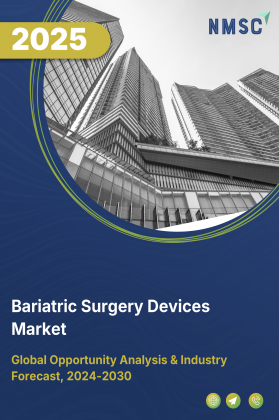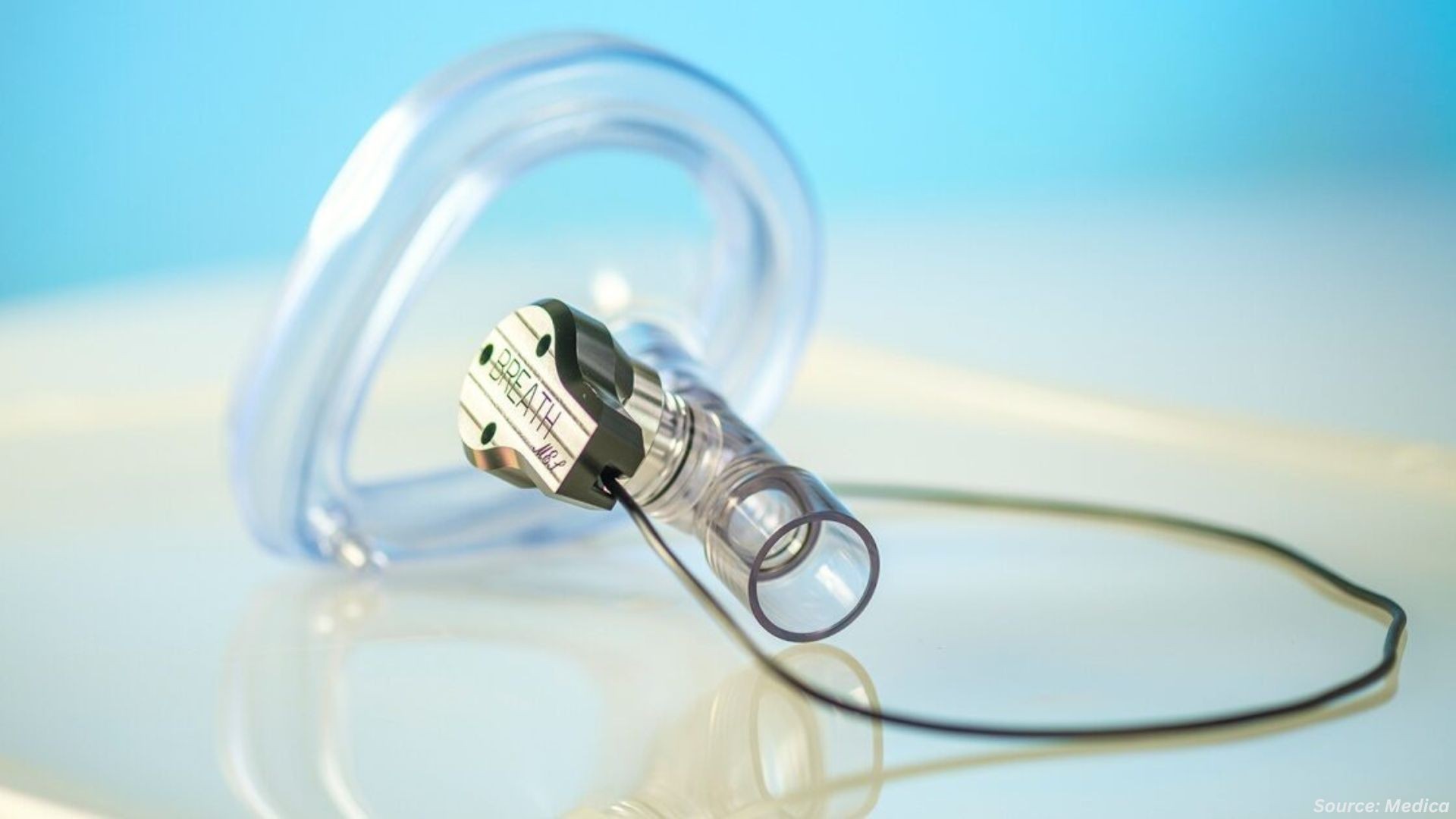
Defibrillators Market by Product (Implantable Defibrillators, External Defibrillators), End-User (Hospitals, Prehospital, Public Access, Alternate Care, Home) - Global Opportunity Analysis and Industry Forecast, 2020 – 2030
Industry: Healthcare | Publish Date: 27-Nov-2024 | No of Pages: -2 | No. of Tables: 1 | No. of Figures: 1 | Format: PDF | Report Code : HC58
Market Definition
The global Defibrillators Market size was valued at USD 9.47 billion in 2019, and is projected to reach USD 13.25 billion by 2030, with a CAGR of 3.1% from 2020 to 2030. Defibrillators are life-saving medical devices used to administer a therapeutic shock to a patient’s heart in life threatening situations. Defibrillator are used to treat severe complexions such as cardiac arrhythmia, ventricular fibrillation and pulseless ventricular tachycardia among others.
Market Dynamics and Trends:
Heart diseases are among the top reasons of death worldwide. The increasing geriatric population and the raising cases of heart diseases among all age groups are the key driving factors of the defibrillator market. Poor lifestyle choices such as consumption of unhealthy food, lack of activity and smoking among others cause diseases such diabetes, strokes and hypertension etc. These factors are responsible for the growing cases of cardiac complications among the population. The defibrillator market growth is expected to be propelled by growing demand for sophisticated defibrillators, reforms in the healthcare sector and increasing focus of key market players to deliver cost effective and advanced defibrillators. However, the current price levels of devices along with product recalls are expected to restrict market growth.
Market Segmentations and Scope of the Study:
The global defibrillator market share has been segmented on the basis of product, end user and geography. On the basis of product, the market is categorized into implantable defibrillators and external defibrillators. Implanted defibrillators are sub segmented into transvenous implantable defibrillator, Subcutaneous implantable defibrillators and CRD with pacemaker and ICD function. External defibrillators are sub segmented into manual external defibrillators, automated external defibrillators and wearable cardioverter defibrillator. On the basis of end user, the market is segmented into hospital, prehospital, public access market, alternate care market and home. Based on geography the market is segmented into North America, Europe, Asia Pacific and RoW.
Geographical Analysis
North America is anticipated to hold the lion share of the market due to increasing incidences of deaths and diseases caused by cardiac complications. The Asia Pacific region is predicted to show rapid and consistent growth in terms of market share within the forecast period as the key players in this region are focusing on implementing sophisticated but cost-effective defibrillator devices to meet the demands of the immensely large population of this region.
Competitive Landscape:
Lucrative growth opportunities make the defibrillators market extremely competitive. Some of the major players in the market are Asahi Kasei Corporation, Stryker Corporation, Biotronic SE and Co. KG, Boston Scientific Corporation, Philips healthcare, LivaNova PLC, Medtronic PLC, Jude Medical Inc., Cardiac Science Corporation, Nihon Konden Corporation. Strategic alliances, innovative products launches are among the key strategies adopted by market players to maintain their dominance. For instance, in September 2019, Micro Port CRM Japan Co. Ltd., had announced that it had started its direct sales operation by introducing first four implants of KORA pacemakers in several regions of Japan. Also, Koninklijke Philips NV, a Netherlands based company, launched its advanced defibrillator, called HeartStart Intrepid Monitor, with IntelliSpace Connect in 2019.
Key Benefits:
-
The defibrillator market report provides the quantitative analysis of the current market and estimations through 2020-2030 that assists in identifying the prevailing market opportunities to capitalize on
-
The study comprises a deep dive analysis of the defibrillator market trend including the current and future trends for depicting the prevalent investment pockets in the market
-
The information related to key drivers, restraints and opportunities and their impact on the defibrillators market is provided in the report.
-
The market share of the players in the global defibrillator market along with their competitive analysis.
-
Value chain analysis in the market study provides a clear picture of the stakeholders’ roles
Key Market Segments:
By Product
-
Implantable Defibrillator
-
Transvenous Implantable Cardioveter Defibrillator
-
Subcutaneous Implantable Cardiovereter Defibrillator
-
CRD with pacemaker and ICD function
-
-
External Defibrillator
-
Manual External Defibrillator
-
Automated External Defibrillator
-
Wearable Cardioveter Defibrillator
-
By End User
-
Hospital
-
Prehospital
-
Public Access Market
-
Alternate Care Market
-
Home
By Geography
-
North America
-
U.S.
-
Canada
-
-
Europe
-
UK
-
Germany
-
France
-
Italy
-
Spain
-
Rest of Europe
-
-
Asia-Pacific
-
Japan
-
China
-
India
-
Australia
-
Rest of Asia-Pacific
-
-
RoW
-
Brazil
-
Argentina
-
Egypt
-
Israel
-
South Africa
-
Remaining Countries
-
Key Players:
-
Asahi Kasei Corporation
-
Stryker Corporation
-
Biotronic SE and Co. KG
-
Boston Scientific Corporation
-
Philips healthcare,
-
LivaNova PLC
-
Medtronic PLC
-
Jude Medical Inc.
-
Cardiac Science Corporation
-
Nihon Konden Corporation
REPORT SCOPE AND SEGMENTATION:
|
Parameters |
Details |
|
Analysis Period |
2019–2030 |
|
Base Year Considered |
2020 |
|
Forecast Period |
2020–2030 |
|
Market Size Estimation |
Billion (USD) |
|
Market Segmentation |
By Product (Implantable Cardioverter Defibrillator, External Defibrillator) By End User (Hospitals, Prehospital, Public Access Market, Alternate Care Market, Home) |
|
Geographical Segmentation |
North America (U.S., Canada, Mexico) Europe (UK, Germany, Italy, France, Spain, Rest of Europe), Asia-Pacific (China, Japan, India, Australia, Rest of APAC), Rest of the World (Brazil, Argentina, Egypt, Israel, South Africa, Remaining Countries) |
|
Companies Profiled |
Asahi Kasei Corporation, Stryker Corporation, Biotronic SE and Co. KG, Boston Scientific Corporation, Philips healthcare, LivaNova PLC, Medtronic PLC, Jude Medical Inc., Cardiac Science Corporation, Nihon Konden Corporation. |




















 Speak to Our Analyst
Speak to Our Analyst

























